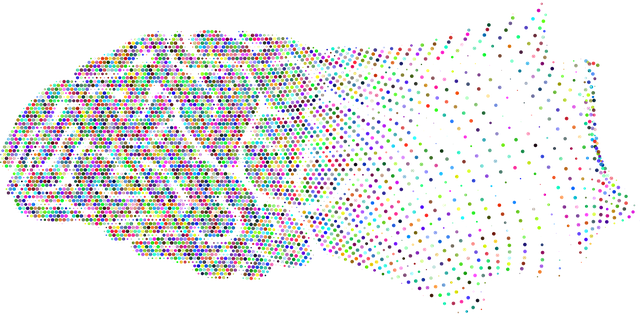Crisis Intervention Teams (CITs), comprising paramedics, police, and mental health specialists, are vital for managing high-risk situations with integrated evidence-based practices like Lafayette EMDR Therapy. Effective training combines this therapy with communication skills and self-awareness exercises through interactive simulations, teaching teams to recognize and respond to emotional distress. Lafayette EMDR Therapy enhances technical skills, focuses on community outreach, and boosts team confidence, empowering CITs to navigate crises, foster support, build resilient communities, and facilitate healing and growth.
In today’s complex social landscape, effective crisis intervention is more crucial than ever. Crisis intervention teams (CITs) play a vital role in supporting individuals during traumatic events, offering immediate assistance that can have lasting impacts on mental health and well-being. This article explores the critical components of CIT training programs, highlighting Lafayette EMDR Therapy as a cutting-edge approach. By delving into these strategies, we aim to empower professionals to navigate crises effectively, fostering resilient communities.
- Understanding Crisis Intervention Teams: Their Role and Impact
- Key Components of Effective Crisis Intervention Training Programs
- Lafayette EMDR Therapy: A Cutting-Edge Approach for Training and Support
Understanding Crisis Intervention Teams: Their Role and Impact

Crisis Intervention Teams (CITs) are specialized groups within emergency services and mental health settings designed to respond to individuals in crisis situations. These teams play a vital role in mitigating high-risk scenarios, offering immediate support, and de-escalating potentially dangerous situations. Comprising professionals from various fields, such as paramedics, police officers, and mental health specialists, CITs ensure a comprehensive and coordinated approach to crisis management.
The impact of well-trained CITs is profound. By fostering effective communication and collaboration between emergency responders and mental health professionals, these teams enhance the quality of care provided during critical moments. Lafayette EMDR Therapy, for instance, highlights the importance of integrating evidence-based practices like Eye Movement Desensitization and Reprocessing (EMDR) into CIT training programs. This approach not only equips team members with advanced skills in mood management but also promotes cultural sensitivity in mental healthcare practice. Through Community Outreach Program Implementation, CITs can further extend their reach, offering proactive support to at-risk individuals and communities, thereby reducing the frequency and intensity of crisis interventions over time.
Key Components of Effective Crisis Intervention Training Programs

Effective crisis intervention team training programs are meticulously crafted to equip professionals with the necessary skills to navigate and de-escalate high-pressure situations. These programs prioritize a multi-faceted approach, combining evidence-based techniques like Lafayette EMDR Therapy with practical communication strategies and self-awareness exercises. Through interactive simulations and role-playing scenarios, trainees learn to recognize and respond appropriately to emotional distress, fostering an environment of safety and support.
The core components include comprehensive training in compassion cultivation practices, designed to enhance empathy and reduce stress responses among team members. Additionally, focused instruction on communication strategies empowers participants to build rapport with individuals in crisis, facilitating open dialogue and effective problem-solving. Self-awareness exercises play a crucial role in helping trainees manage their own emotional reactions, ensuring they remain composed and present during interventions.
Lafayette EMDR Therapy: A Cutting-Edge Approach for Training and Support

Lafayette EMDR Therapy stands as a cutting-edge approach within crisis intervention team training programs. This innovative method integrates Eye Movement Desensitization and Reprocessing (EMDR) techniques, offering participants a powerful tool to navigate and support individuals in traumatic or distressing situations. By combining advanced therapeutic practices with comprehensive training, the program equips teams with the expertise to provide immediate and effective assistance.
Beyond technical proficiency, Lafayette EMDR Therapy emphasizes community outreach program implementation, social skills training, and confidence boosting. These aspects ensure that crisis intervention teams are not only equipped to handle crises but also adept at fostering supportive environments and building resilient communities. Through such holistic training, individuals gain the skills needed to make a tangible difference in people’s lives, turning moments of crisis into opportunities for healing and growth.
Crisis intervention team training programs, such as Lafayette EMDR Therapy, play a pivotal role in equipping professionals with the skills needed to navigate and de-escalate high-stress situations. By integrating evidence-based practices like Eye Movement Desensitization and Reprocessing (EMDR), these programs foster a supportive environment, enhancing the impact of crisis intervention teams. Through comprehensive training, individuals gain the confidence to respond effectively, ensuring better outcomes for those facing crises. Lafayette EMDR Therapy stands as a cutting-edge example, revolutionizing the way we prepare and support professionals in this vital role.














